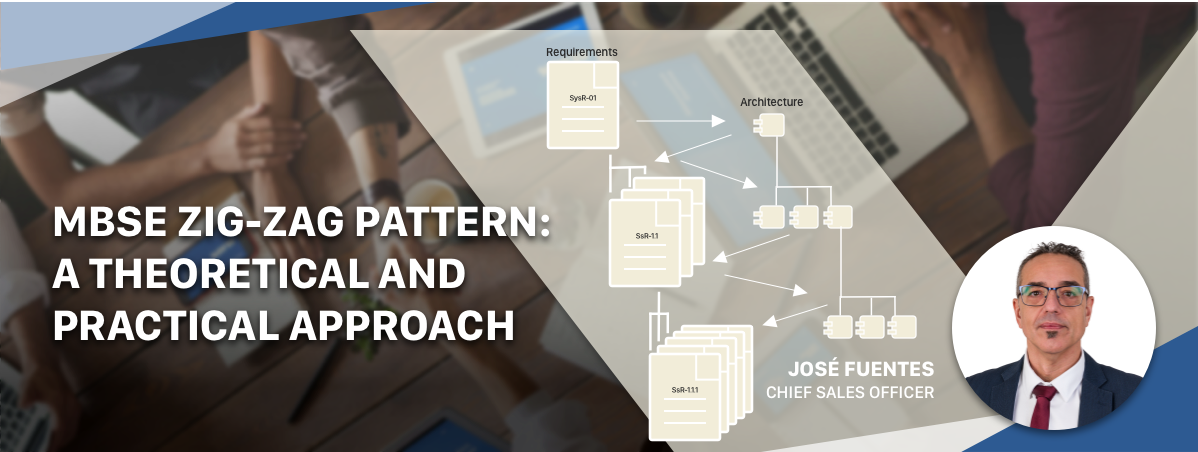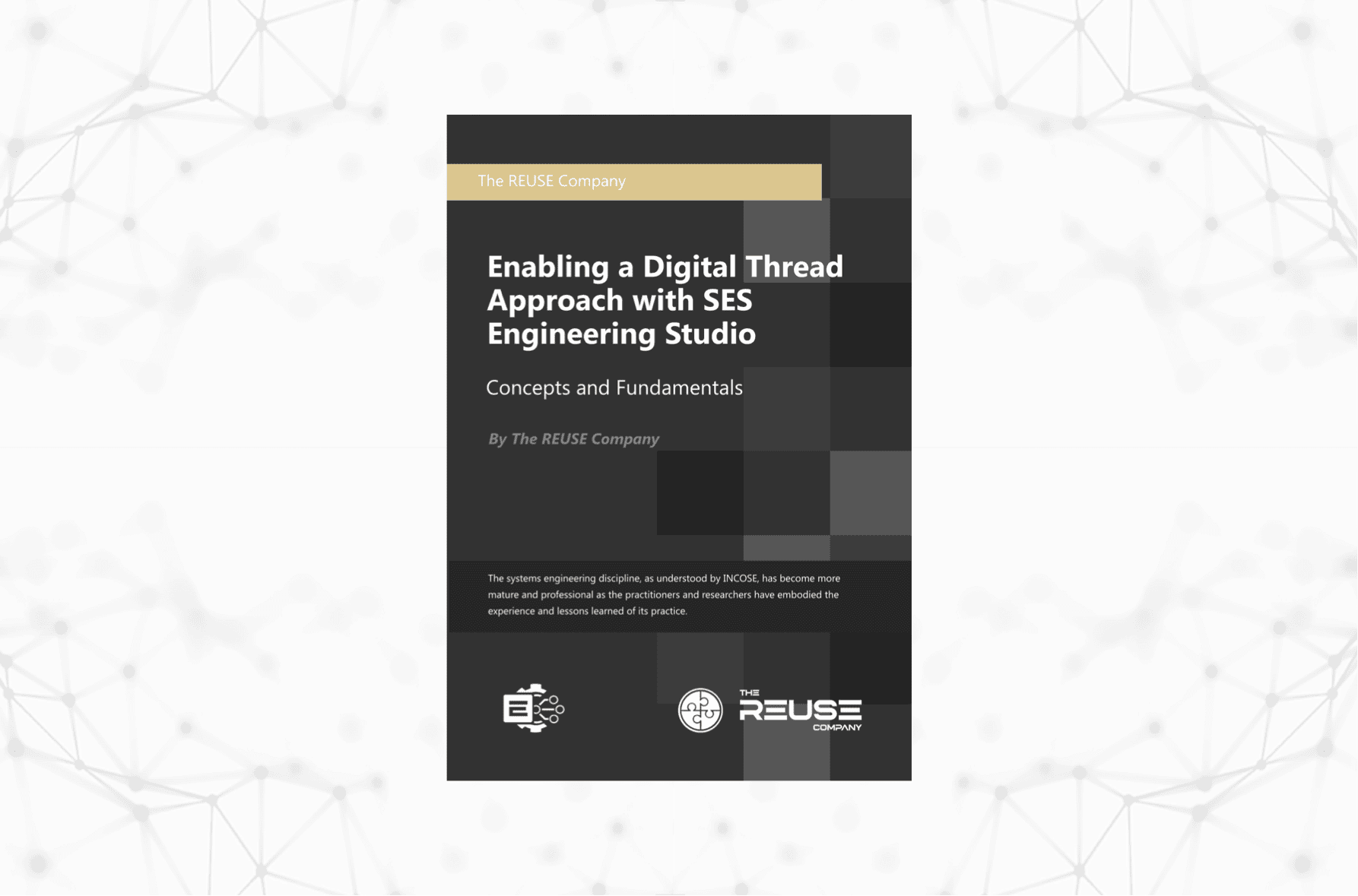
Description:
Systems Engineering, by definition, is an iterative and recursive endeavor. Understanding requirements as the what and architecture as the why, the MBSE approach for a System of Interest typically starts with a series of requirements for this SoI, considering it as a black box, describing the what, not the how. Once the requirements have been developed for this level, the architecture definition for the SoI is now tackled, thus describing the main architectural elements (at a logical level) that shall realize the requirements above, and tracing those elements to the requirements. With the first level of architecture solved, the process goes back -iteratively- to requirements, to consider all the first-level sub-systems as backboxes themselves and proceed with the definition of the what through sub-system requirements, and the why with the next layer of architecture.
While theory is easy, practice is, unfortunately, a bit tougher. New requirements might be derived from the architectural decisions, thus enlarging the set of baselined requirements of the previous task. In some cases, some requirements are also completed or require some modification.
In addition to this, tools also play an important role. While SysML, and thus most of the modern MBSE tools, allow the visualization and management of requirements, as well as the definition of traces (relationships) between the requirements and the system elements, typically these tools lack some important features that are inevitable in the wide majority of Requirements Management tools. That is the reason why this zig-zag approach might start in a Requirements tool (DOORS, Codebeamer, Polarion,…) and continue into a MBSE tool (Cameo, Rhapsody, Enterprise Architect, Capella…). However, coupling RM and MBSE tools is not always straightforward.
Follow us in this webinar to learn more about this zig-zag model, and also to discover the Interoperability features of SES ENGINEERING Studio that make possible the synchronization of requirements, their attributes, and traces among +50 different tools in the MBSE ecosystem.
Date:
Tuesday, December 10, 2024, 5:00 PM CEST (Madrid)/ 8:00 AM PDT (Los Angeles)/ 11:00 AM EDT (Detroit)
Wednesday, December 11, 2024, 9:00 AM CEST (Madrid)/ 5:00 PM JST (Tokyo)/ 7:00 PM AEDT (Sydney)

